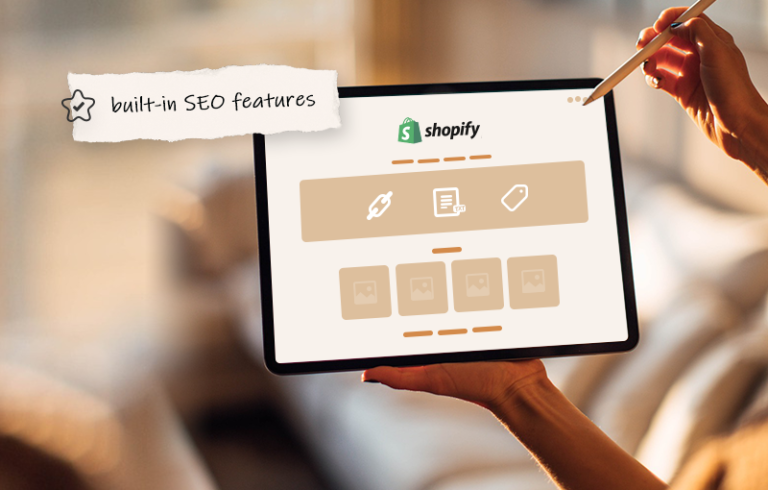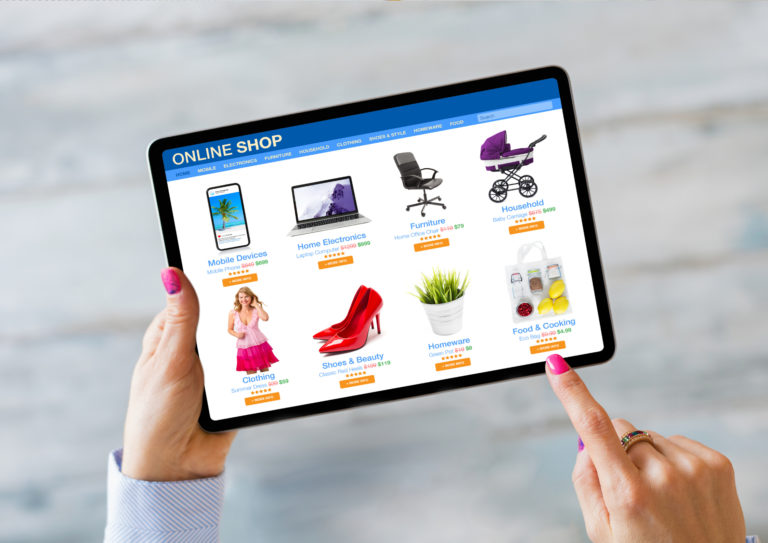What Should You Look For When Choosing a Shopify Theme?
A recent study shows that Australian online shopping reached an all-time high in the year 2020, with an almost 57% increase in online purchases year-on-year. The data also shows that around four in five households – that’s 9 million – bought something online at some point in the year.
If you are planning to start an online business, this is the time to commit as E-Commerce is booming and evolving year by year to new levels. But the question is, how do you design an E-Commerce website?
Today, there are many platforms to design and build your e-commerce business, Shopify is one such platform that allows businesses to set up their online store and sell their products. Since its origination in 2010, Shopify has become the leading e-commerce platform which is designed for businesses of all sizes and free from the barriers of technical aspects like website coding, security, etc.
To get a better understanding of where Shopify stands in different aspects (like the ease of use, build time, design and themes, etc.) of E-Commerce, read this blog.
Shopify is considered the best platform when it comes to designing an online store as it offers flexibility in form of “Shopify themes”. With thousands of paid and free themes and templates available, one can create his/her online store very conveniently and easily.
What are Shopify Themes?
Shopify Themes are basically pre-designed templates that determine the way your website is going to look and feel to customers who visit your online store. There are multiple options with different designs, styles, and layouts. Each theme or template delivers a unique and positive UX (User Experience) depending on how it is designed.
Now, let’s take a look at some important points to consider before building an online store on Shopify.
1. Support From Theme’s Developer:

The ratings and extended services by the developer are the two most important elements people often overlook while selecting a Shopify theme. These two elements are considered extremely important because, unlike a physical store, the online store is a technical one. Hence, it is essential to check if the developers of the theme will extend their assistance to you in future or you are on your own.
Integrating some tools, plug-ins, theme errors, theme update, etc. are some of the complications which are best to be handled by the developer itself. Having selected the theme by the Shopify store is not an issue, but selecting a theme from third-party developers needs a thorough read for ratings and reviews of the developers.
2. Plan Your Budget:

As discussed above, we all know that Shopify offers a lot of theme choices that are both paid and free. The price ranges from zero to almost 200$. So, determining and planning, how much you are willing to spend on your online store theme is one of the foremost steps to work upon.
You have to carefully think about what you want for your store and what you need for your store, in simple words a list like what you “must-have” and what would be “nice to have”. In the Shopify theme store, there are three pivotal factors that affect the price of any paid theme, i.e., the developers, flexibility, and level of functionality. Although the free themes are equally good as the paid ones, then it’s just that paid themes offer expanded functionality and flexibility. So, make sure to read the description and information on the theme template clearly and understand what qualities and functionality a theme has before buying.
3. Product Images and Catalogue Size:

Most of the themes on Shopify are developed for specific industry types and this saves users from manually searching for the themes that would be perfect for the size of the product catalogue. On Shopify, users can easily filter according to their choices and choose the right theme that supports the size of their product catalogue. Finding the correct theme that fits your catalogue size is important as it becomes easier for the website owner to manage and display the product pages appropriately to the buyers.
For instance, if you want to showcase clothes, jewellery, cosmetics, etc. you need a theme that allows you to display a number of products, assists you in creating sub-category pages, gives you filter option, search option, sorting, and more functionality options.
The next thing to consider after catalogue size is product images. Product image is also a factor that needs to be looked upon when building an eCommerce website. There are many themes that offer a limited space or section to upload images, hence, it is essential to select the theme which allows you to display your products in the best way possible. An eCommerce store with categories as wide as a clothing brand needs to upload pictures from each angle to give the buyer a good look, therefore, would need a theme with a larger section of high-resolution product images.
4. Website Aesthetics:

With more than $4.28 trillion USD of retail e-commerce sales worldwide and a rapid increase in digital buyers, e-commerce has become an inseparable part of people’s life. Today, it is extremely important for an online store to attract its viewers or potential audience to the website and for that the design and aesthetics of the website should be pleasing and appealing to the customers.
Because your clients rely on the photos and product experience they get virtually, that means to retain your customers on your site you must have an attractive storefront, the right colour palettes that match your brand and logo, image thumbnail, and a clean and interactive user interface. These elements are easy to get on Shopify themes but choosing the most appealing and right design for your brand/store will help encourage the customers to visit your website and will help to get more conversions.
5. Light-Weight Themes and Mobile Friendliness:

Today, you simply cannot afford to overlook the fact that the website would only run on big screens or desktops only. With almost 79% of smartphone users making purchases online through their mobile devices, it has become necessary for online stores to optimise their websites for all screen sizes and platforms. If you fail to optimise the website for mobile users, then be prepared to bid farewells to a huge chunk of buyers. Also, it is not just about the attractiveness or design of your website, if the website is not successful in functioning smoothly on smartphones, then the whole purpose of your store is good for nothing.
Moving on, website speed is also one of the crucial factors to online store success, as it can impact search rankings, conversions, and bounce rate. To make your web store fast and responsive, it is best to select a lightweight Shopify theme as these types of themes focus more on performance and avoid unnecessary features & elements that increase the load on the file.
6. Optimised Checkout Process:
Studies and reports show that the average eCommerce store loses around 75% of their sale to digital cart abandonment. It is simple, if online store owners can improve their cart abandonment rate, they can improve their profits.
Therefore, make sure that you select the Shopify theme which offers an optimised checkout experience, for instance, a fast & intuitive checkout process, well-designed & clear add to cart buttons, the easy breakup of cost, progress bar, and no account creation. Having such features in your checkout process will help you achieve fine results and less cart abandonment.
7. Built-In SEO Features:

A good SEO is integral for any business to become successful and welcome organic traffic to the website. Statistics show that on average Google handles 3.8 million searches per minute across the globe. That means, if the website is well optimised for the search engines, it will rank higher on search engine result pages and will attract a lot of traffic towards your online store.
There are a number of Shopify themes that offer built-in SEO tools with templates. These themes make sure that your website appears for the right query on the search engine pages and reach a wider audience throughout. A theme having SEO features like automatically generated sitemap, social sharing buttons, customised metadata, featured snippets, and widgets, then it is considered an excellent choice for your business.
Conclusion
Remember a website theme is as important as any other element of the business and determines the success or failure of any eCommerce website. Today, Shopify is one of the deemed and certified platforms to build your eCommerce store. Hence, always bear in mind to consider these 7 pivotal tips while selecting a Shopify theme for your store as these helpful tips can assist you with fine results and can have a huge impact on your conversion rates.

